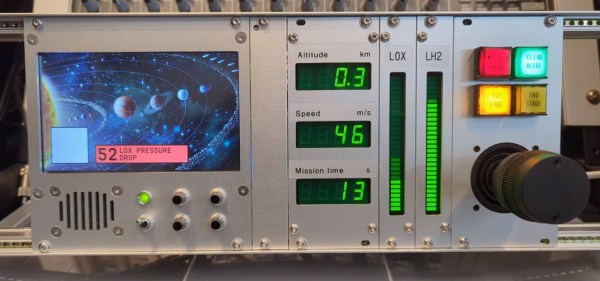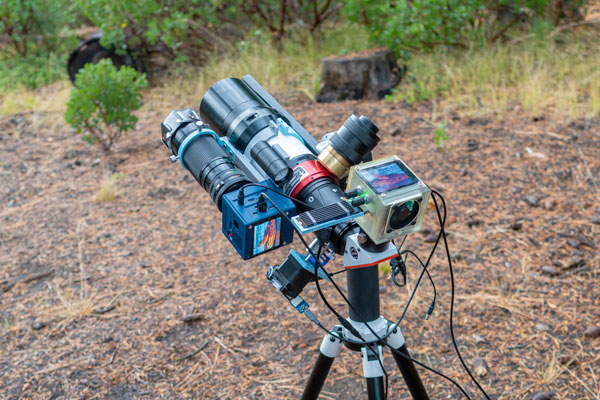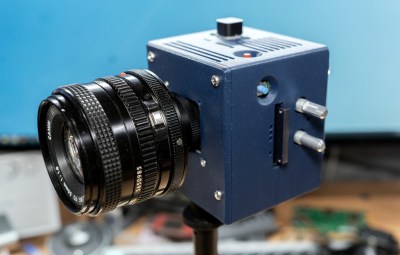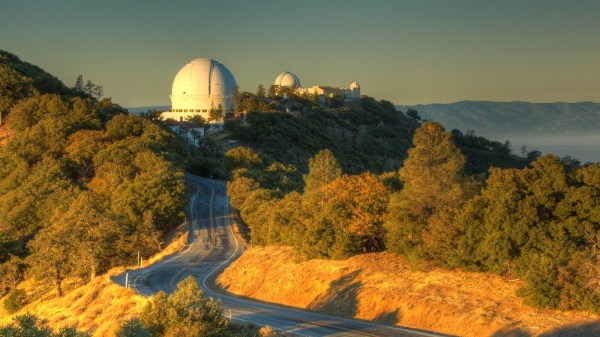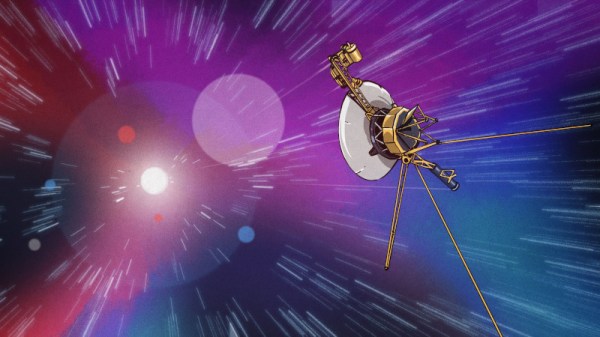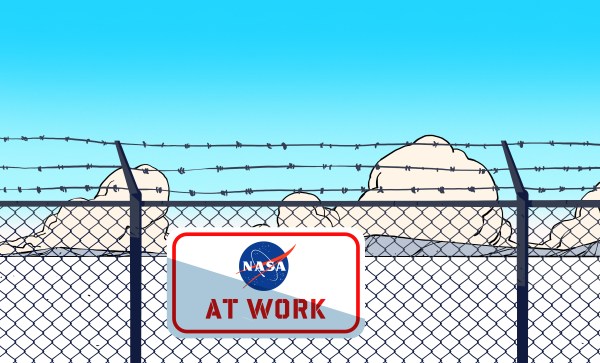[Jon Petter Skagmo] claims that the spaceship simulator he’s working on is for his daughter, but we think there’s an excellent chance he’s looking to fulfill a few childhood dreams of his own. But no matter what generation ends up getting the most enjoyment out of it, there’s no question it’s an impressive build so far, complete with a very realistic-looking instrument display and joystick.
This is only the first in a series of builds, but our inner child is already intensely jealous. So far, [Jon] has built the instrument panel and controller that lights all buttons and runs the displays, which shows telemetry from a Falcon 9 launch. The video below goes into a lot of detail about how he built this SPI-driven instrument panel and why he made the whole thing modular, so it can be easily expanded without turning into a spaghetti-like mess.
It’s a great intro to thinking before you build, showing how he planned and built the system for maximum expandability and flexibility. Before the end, we wouldn’t surprised if he’s got quite a Kerbal Space Program controller on his hands for when the kid goes to bed.

